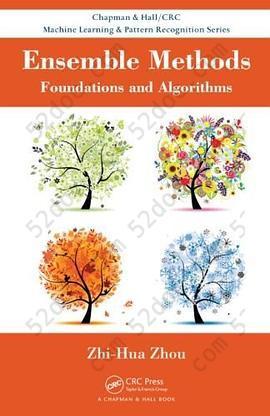注重体验与质量的电子书资源下载网站
最近更新

毛泽东选集(第三卷): 第三卷
评分: 9.0

毛泽东选集: 第五卷
评分: 8.4

毛泽东选集(第五卷)
评分: 9.1

毛泽东选集(第一卷): 第一卷
评分: 8.9

毛泽东选集: 一卷本
评分: 9.4

毛泽东选集 第一卷: 第一卷
评分: 9.3

毛泽东选集 第三卷
评分: 9.0

毛泽东选集 第四卷
评分: 9.1

毛泽东选集 第四卷: 第四卷
评分: 8.6

毛泽东选集 第二卷
评分: 9.0

毛泽东选集(第二卷): 第二卷
评分: 9.1

毛泽东选集 第二卷: 第二卷
评分: 9.3
高分神作

Software Foundations
评分: 10.0

设计数据密集型应用(影印版)
评分: 10.0

新格罗夫音乐与音乐家辞典(第2版)
评分: 10.0

帕格尼尼24首小提琴随想曲: 作品149
评分: 10.0

上古汉语语法纲要
评分: 10.0

古代汉语: 典藏本
评分: 10.0

牛津高阶英汉双解词典(第9版)
评分: 10.0







